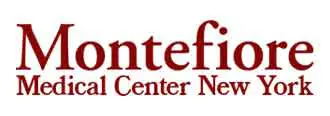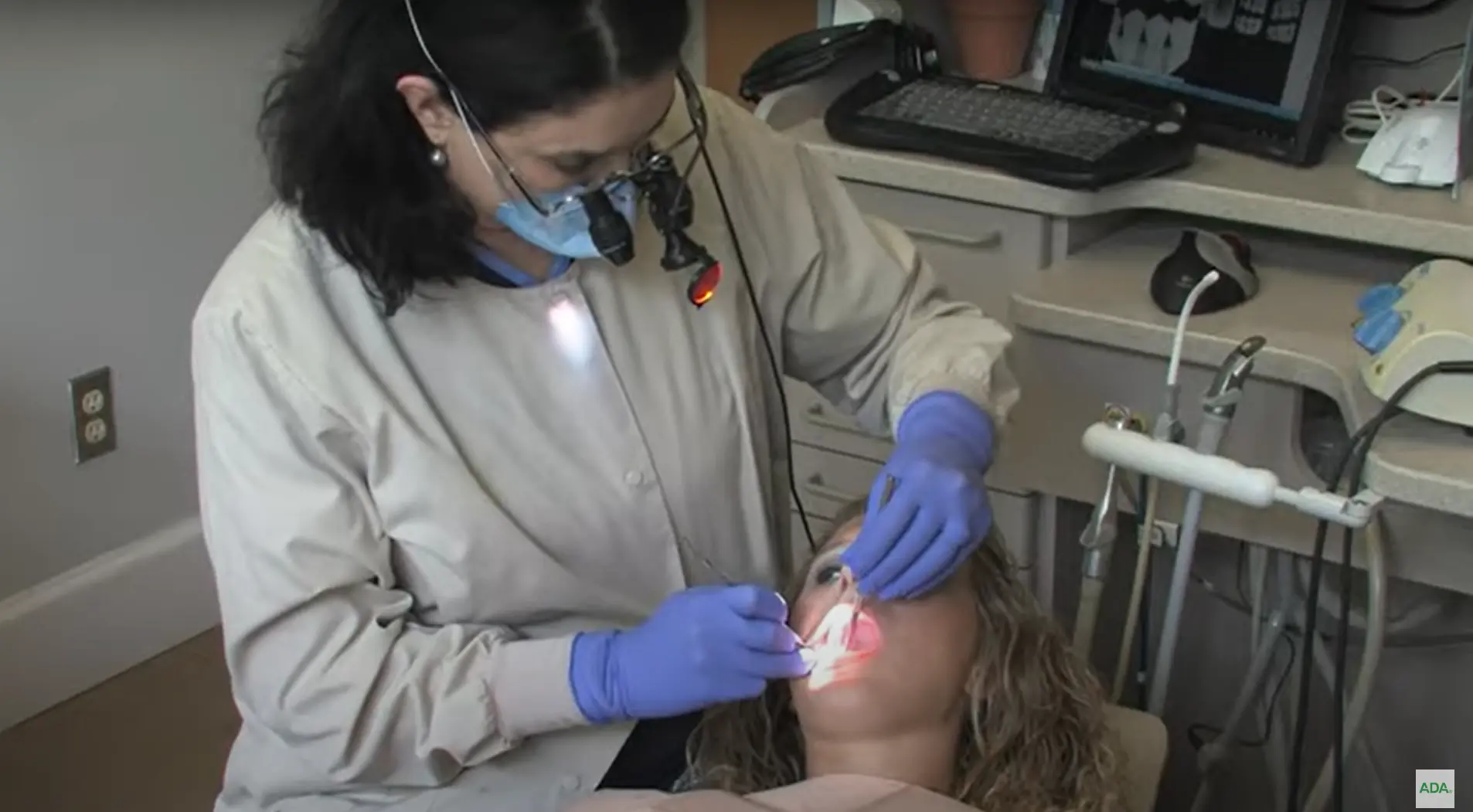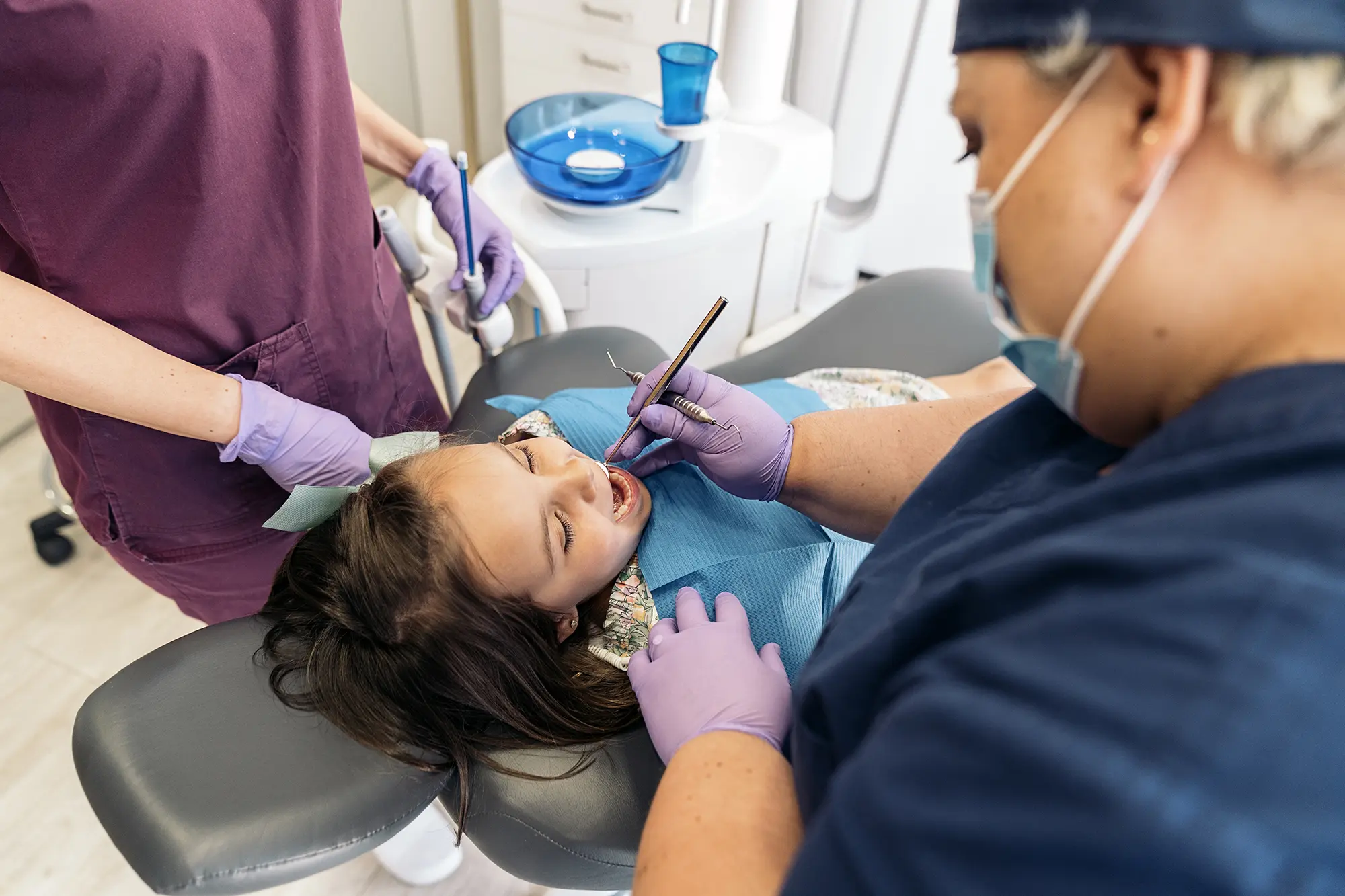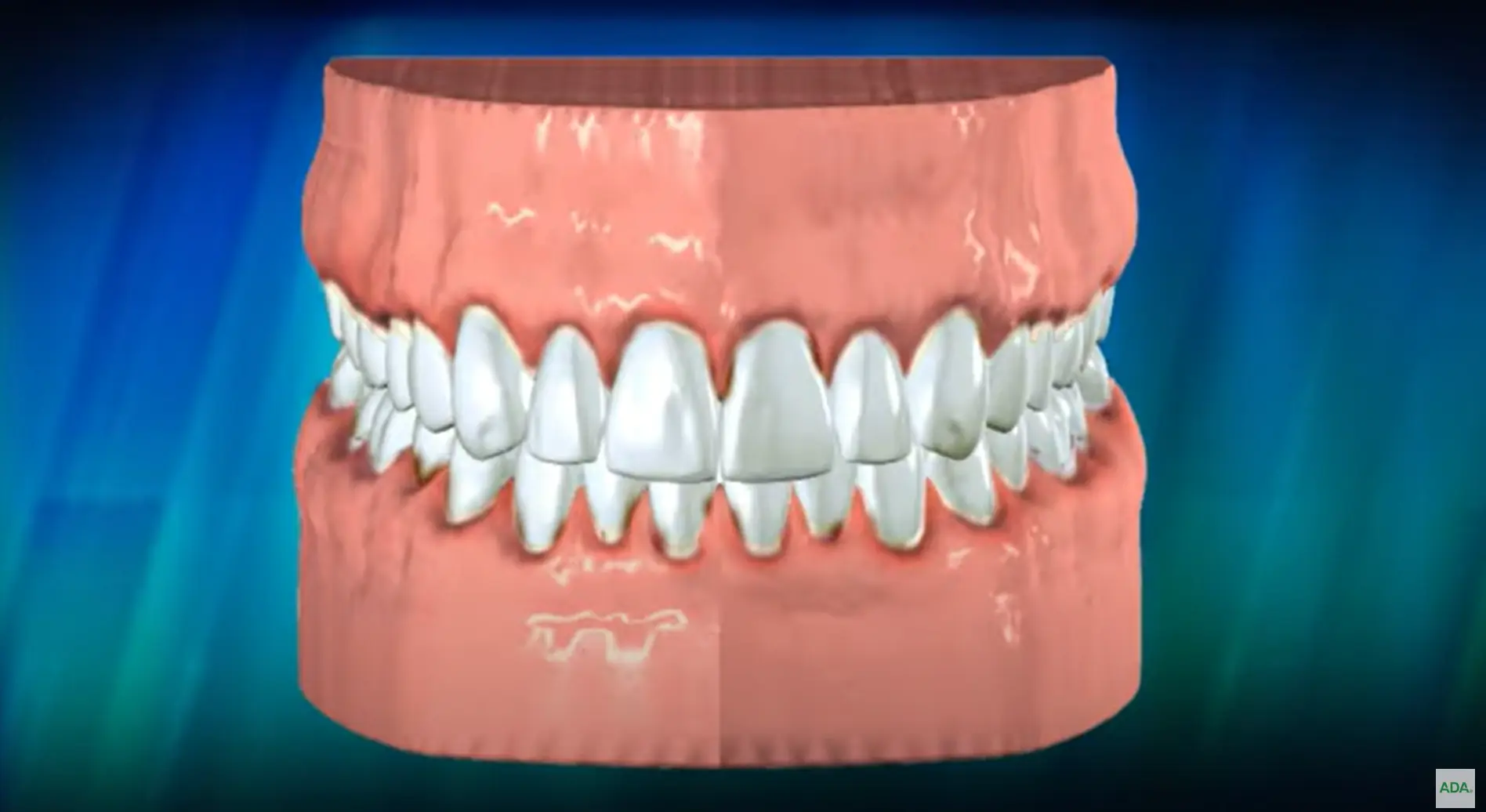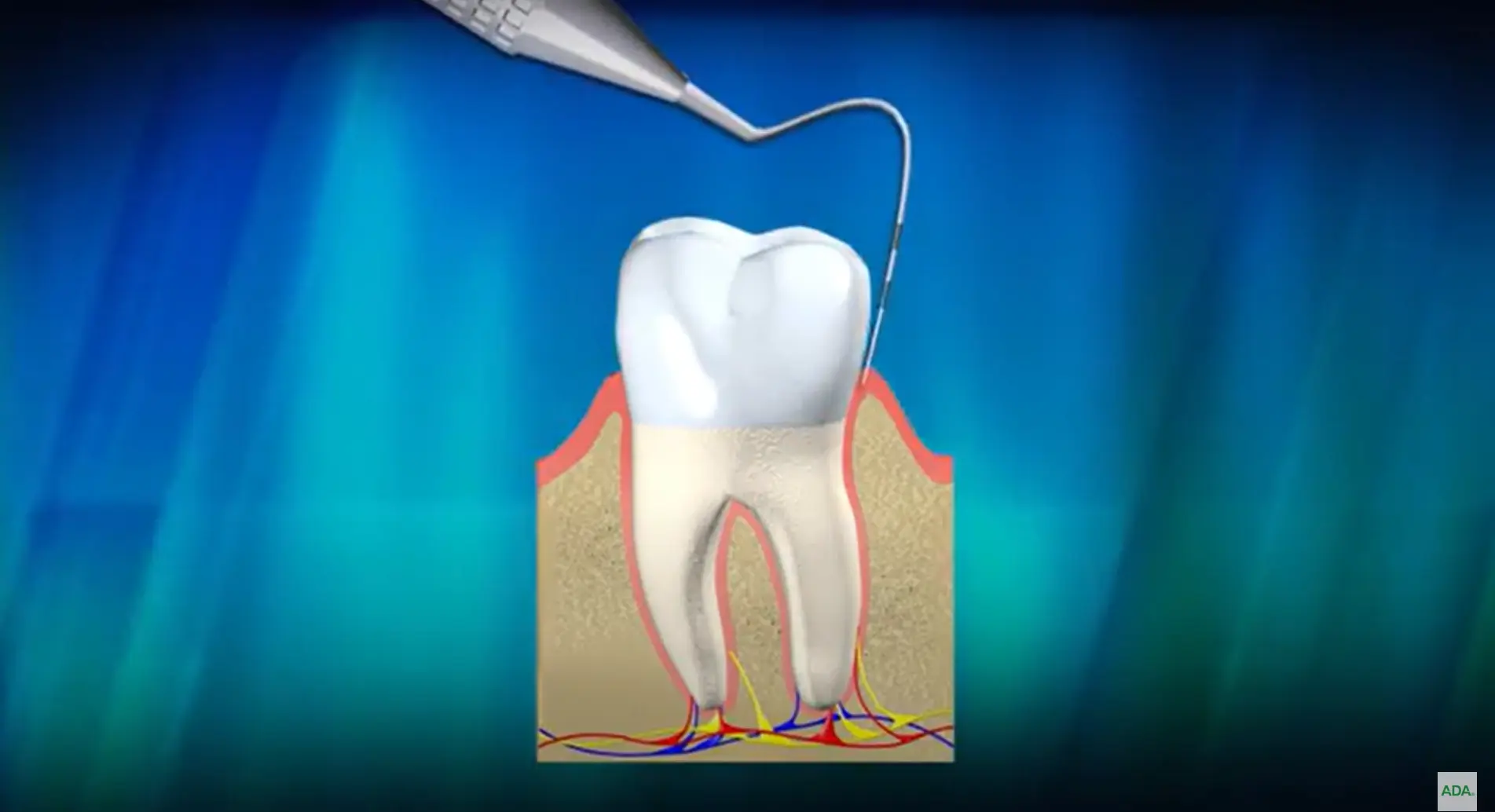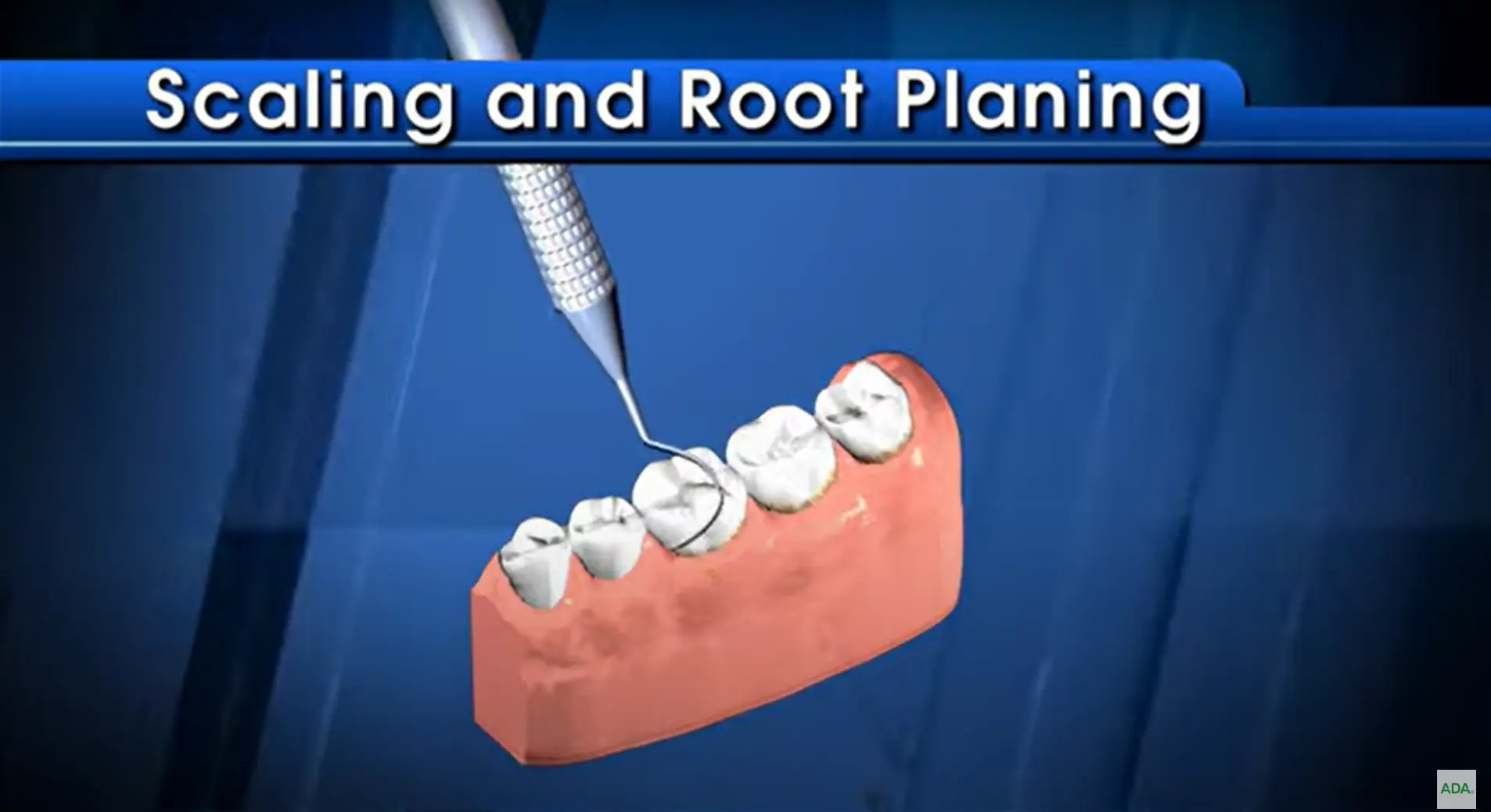Dental Checkups & Cleanings
Coming in for regular cleanings is critical to maintaining not only your teeth and gums health, but also to extend the life of any dental work you’ve had done. The American Dental Association recommends everyone have dental cleanings at least twice per year, although many patients need cleanings more frequently than that. It’s important to have your teeth professionally cleaned at the interval your dentist and hygienist recommend. Gum disease is prevalent in the United States and is correlated with many other systemic health problems. If Dr. Ali and the team recommend you have a cleaning every 3 or 4 months, it’s to ensure not only the health of your mouth, but also your overall health.
During a teeth cleaning, the dental hygienist will take measurements of your gums, called periodontal probing depths. This is how we check for gum disease. If there’s no disease present, then you’ll have a preventive type cleaning done, called a prophylaxis or “prophy” for short. During this type of cleaning, special instruments are used to remove plaque and calculus (also called tartar) from the teeth. The teeth will be polished to remove stain, then flossed and rinsed. Fluoride can be applied to help prevent cavities.
If gum disease is detected, then a different type of cleaning is recommended. In the presence of gum disease, a preventive or “prophylactic” type of cleaning is not enough to bring the gums back to health. In this case, additional gum therapy and possibly scaling and root planing (also called “deep cleaning”) will be recommended.



